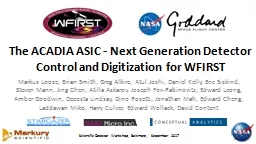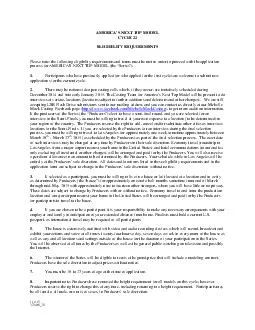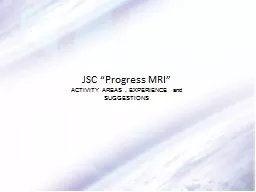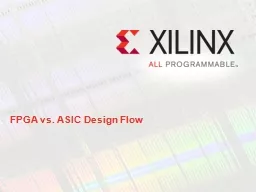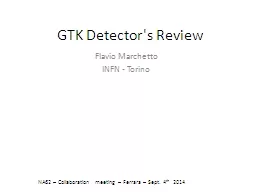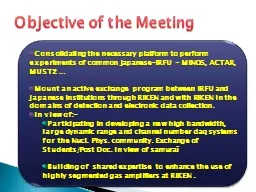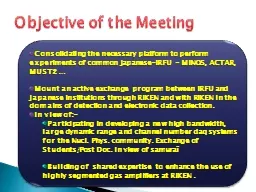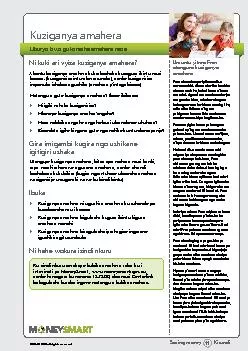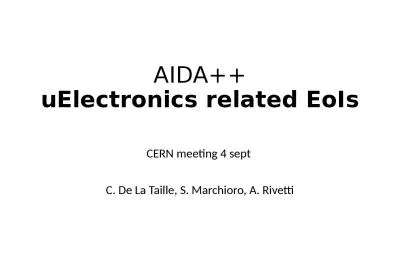PPT-The ACADIA ASIC - Next
Author : sherrill-nordquist | Published Date : 2020-01-19
The ACADIA ASIC Next Generation Detector Control and Digitization for WFIRST Markus Loose Brian Smith Greg Alkire Atul Joshi Daniel Kelly Eric Siskind Steven
Presentation Embed Code
Download Presentation
Download Presentation The PPT/PDF document "The ACADIA ASIC - Next" is the property of its rightful owner. Permission is granted to download and print the materials on this website for personal, non-commercial use only, and to display it on your personal computer provided you do not modify the materials and that you retain all copyright notices contained in the materials. By downloading content from our website, you accept the terms of this agreement.
The ACADIA ASIC - Next: Transcript
Download Rules Of Document
"The ACADIA ASIC - Next"The content belongs to its owner. You may download and print it for personal use, without modification, and keep all copyright notices. By downloading, you agree to these terms.
Related Documents

